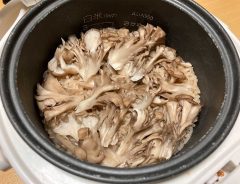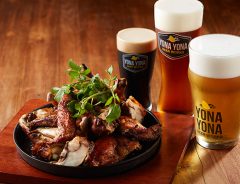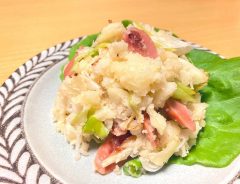- Tags:
- Chicken / Fried Chicken / Japan Karaage Association / Karaage / Recipe
Related Article
-

Simple and delicious home-cooked meals with YouTuber Kimono Mom
-

This Mario Question Block Surprise Cake Will Be The Centerpiece Of Any Super Mario Party
-

Maitake mushroom mixed rice is a must-try autumn delight
-

Enjoy Excellent Japanese Craft Beer With Great Food at Yona Yona Beer Works
-

Japan’s Spicy Chicken McNuggets With Mega-Kara Sauce Will Suckerpunch Your Tastebuds
-

Make potato salad faster with this simple lifehack from Japanese agricultural group



If you've ever visited an izakaya (Japanese tapas bar or gastropub), you've probably seen karaage on the menu. Considering the high quality of chicken raised in Japan, it's no wonder that reasonably priced and plentifully available karaage is very popular not only with locals but with foreign visitors as well.
Even though Japanese people know fried chicken, popular chains such as KFC being well established in the country, and they recognize that the two are distinct, many would be hard pressed to explain the difference between the two.
Karaage vs. Fried Chicken
So then, what is the difference between karaage and fried chicken?
To get an answer, we consulted an authority in the matter, Yasuhisa Teppei, chair and chief director of the Japan Karaage Association:
So, if the chicken meat is seasoned first, then coated with flour, it's karaage. If the chicken meat is coated with a flour containing seasoning in it, then it's fried chicken.
However, interestingly enough, the strict division between the two is fading away...
Japan Karaage Association Chairman's Special Karaage Recipe
Yasuhisa Teppei was kind enough to share his favorite karaage recipe with us for you to try at home!
Ingredients
Instructions
Links